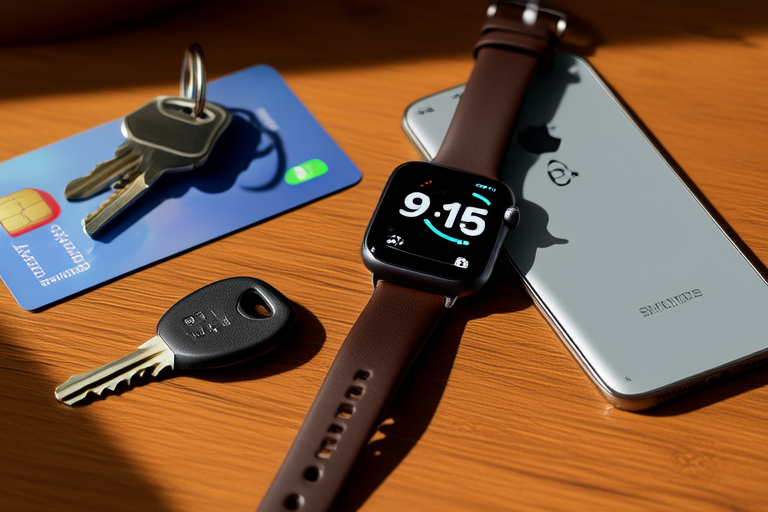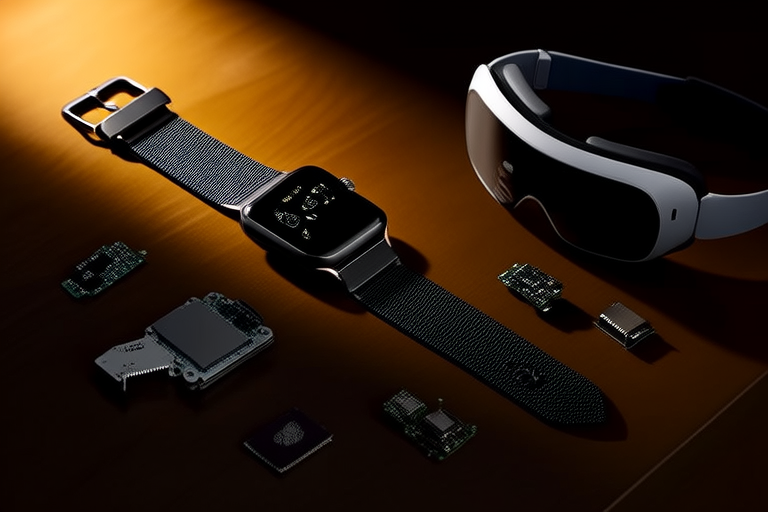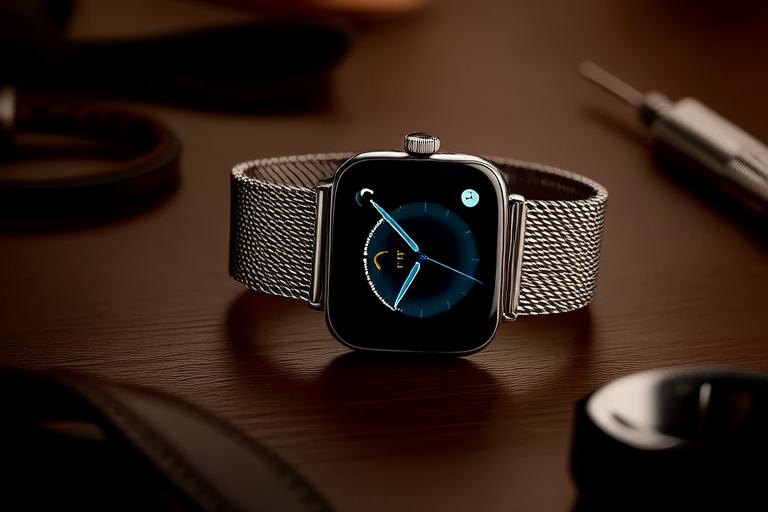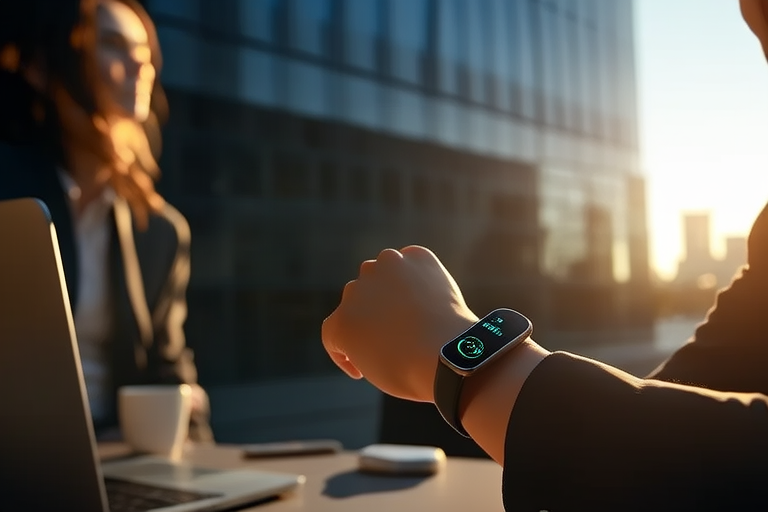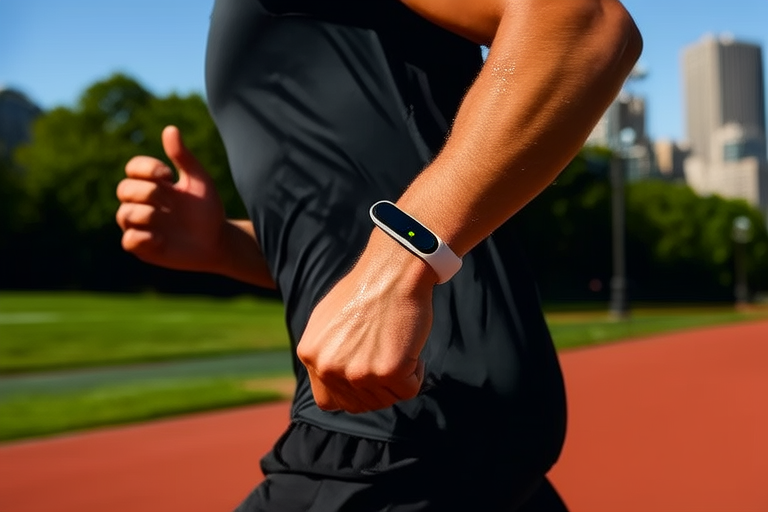Staying Connected: The Role of Wearable Devices in Our Digital Lives
Introduction
Wearable devices have become an indispensable part of our digital lives, offering a range of functionalities that seamlessly integrate into our daily routines. From the early days of basic fitness trackers to the sophisticated smartwatches and health monitors available today, these devices have evolved significantly. Initially, wearables were primarily focused on fitness and health, but they have since expanded to include communication, entertainment, and productivity features. As technology advances, these devices are becoming more intuitive and user-friendly, making them essential tools for staying connected in our increasingly digital world.
Types of Wearable Devices
The market for wearable devices is diverse, catering to different needs and preferences. Some of the most popular categories include:
- Smartwatches: These multifunctional devices offer features similar to traditional watches but with added capabilities. Popular brands like Apple, Samsung, and Garmin produce models that can track fitness metrics, receive notifications, and even make calls. For instance, the Apple Watch Series 8 is equipped with advanced health monitoring features, while the Samsung Galaxy Watch 4 provides robust fitness tracking and seamless smartphone integration.
- Fitness Trackers: Designed specifically for tracking physical activities, fitness trackers are often more affordable than smartwatches. Brands like Fitbit and Xiaomi offer models that monitor steps taken, calories burned, and heart rate. The Fitbit Charge 5, for example, provides detailed sleep analysis and stress management tools.
- Smart Glasses: While still in their infancy, smart glasses promise to revolutionize augmented reality (AR) and virtual reality (VR). Companies like Google and Microsoft are leading the way with products like Google Glass and HoloLens. These devices overlay digital information onto the user’s field of vision, enhancing productivity and communication.
- Health Monitors: Specialized devices designed to monitor specific health conditions, such as blood pressure, glucose levels, and oxygen saturation. Examples include the Omron HeartGuide, which integrates a blood pressure monitor into a smartwatch, and the Dexcom G6 continuous glucose monitor, which aids diabetics in managing their condition.
Key Features and Benefits
Wearable devices come equipped with a variety of features that enhance connectivity and productivity. Some of the most notable include:
- Real-Time Notifications: Users can receive alerts for messages, emails, and social media updates directly on their wrist, ensuring they stay informed without needing to constantly check their phones.
- Health Monitoring: Devices can track heart rate, sleep patterns, and other vital signs, providing valuable insights into overall health and wellness.
- GPS: Many wearables feature built-in GPS, allowing users to map their routes during outdoor activities and share their location with friends or family.
- Integration with Smartphones: Seamless synchronization between wearables and smartphones enables users to manage tasks, access apps, and control music playback remotely.
These features not only improve personal convenience but also boost productivity in both personal and professional settings. For example, professionals can efficiently manage their schedules and respond to urgent messages without interrupting their workflow. In addition, the ability to monitor health metrics in real-time can help individuals maintain optimal performance levels.
Impact on Health and Wellness
One of the most significant contributions of wearable devices is their ability to promote better health and wellness. By continuously collecting data on physical activity, sleep patterns, and other vital signs, these devices provide users with actionable insights. For instance, a user might discover that they need more restful sleep or increase their daily step count to achieve their fitness goals. This data can motivate individuals to make healthier lifestyle choices and set achievable targets. Moreover, healthcare providers can leverage this information to offer personalized treatment plans and monitor patients’ progress remotely.
Several studies have demonstrated the positive impact of wearable devices on health outcomes. A report published by the American Heart Association found that participants who wore fitness trackers were more likely to meet their exercise goals compared to those who did not. Similarly, research conducted by the University of Pennsylvania showed that individuals using sleep-tracking apps experienced improved sleep quality and duration.
Privacy and Security Concerns
While wearable devices offer numerous benefits, they also raise important privacy and security concerns. Given that these devices collect sensitive personal data, it is crucial to ensure that this information is stored and transmitted securely. Most manufacturers employ encryption techniques to protect user data, but there is always a risk of breaches or unauthorized access. To mitigate these risks, users should take proactive measures, such as updating their devices regularly, enabling two-factor authentication, and being cautious about sharing personal information.
Additionally, users should carefully review the privacy policies of the apps and services they connect with their wearables. It is essential to understand how data is collected, stored, and shared to make informed decisions about the level of privacy they are willing to compromise. By adopting best practices and staying vigilant, users can enjoy the benefits of wearable technology while minimizing potential risks.
Future Trends
The future of wearable technology holds exciting possibilities for innovation and advancement. One area of focus is the development of more advanced biometric sensors capable of detecting subtle changes in physiological parameters. This could lead to earlier detection of health issues and more accurate diagnoses. Another trend is the pursuit of longer battery life, which would eliminate the need for frequent recharging and enhance user convenience.
Furthermore, seamless integration with other smart devices is expected to become more prevalent. This could involve syncing wearables with home automation systems, smart vehicles, and even medical equipment. Such integrations would create a more cohesive ecosystem, where all devices work together to provide a superior user experience. As technology continues to evolve, we can anticipate further enhancements in usability, comfort, and functionality, ultimately transforming the way we interact with our digital environment.
Conclusion
Wearable devices play a pivotal role in keeping us connected in an increasingly digital world. From enhancing personal productivity and health management to fostering better communication and collaboration, these devices offer a wide array of benefits. As technology progresses, we can expect even greater improvements in terms of functionality, design, and integration. Ultimately, wearable devices have the potential to revolutionize industries ranging from healthcare and fitness to communication and beyond. By embracing these innovations, individuals and organizations alike can unlock new opportunities for growth and success.
